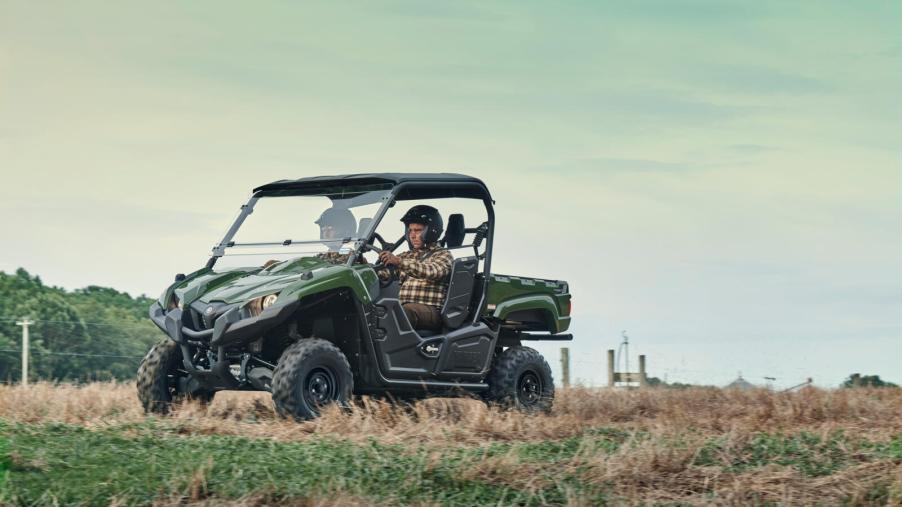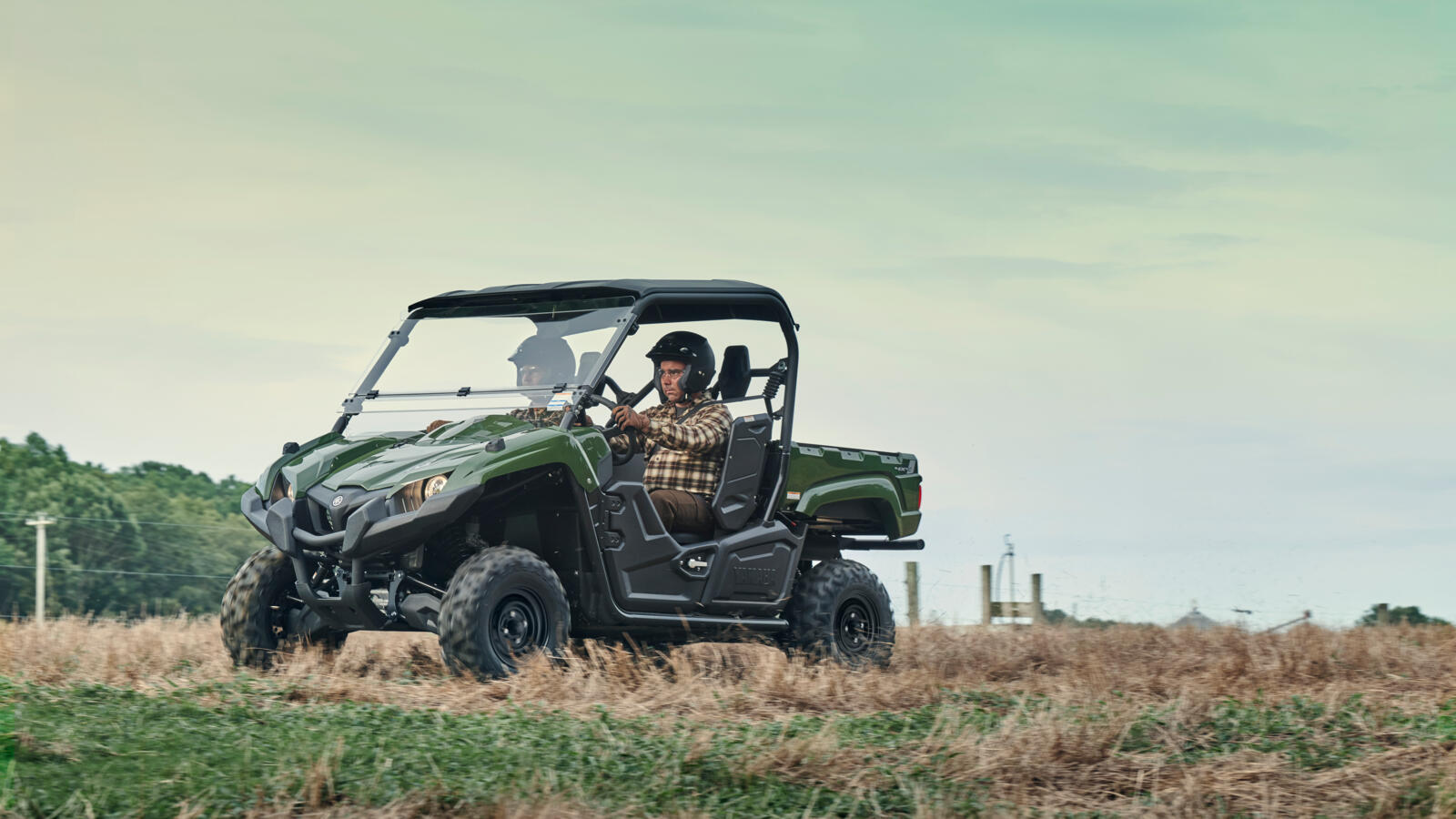
Self-Driving off-Road Vehicles Could Save Your Life in the Near Future
Self-driving cars are certainly a hot topic of debate. In fact, studies have shown that the majority of Americans are still uncomfortable with the concept of self-driving cars on public roadways. However, this situation is a bit different. Self-driving off-road vehicles are currently being developed. Perhaps taking everyday traffic and general civilians out of the equation will make people a bit more easy with the self-driving concept.
Carnegie Melon self-driving off-road vehicles could help save lives in the future

According to The Drive, a team of individuals from Carnegie Mellon University is behind the self-driving off-road vehicles with the project name TartanDrive.
TartanDrive is a project surrounding a four-seater side-by-side ATV that engineers equipped from tip to tail with instrumentation. Data collectors drove the vehicle hard through various off-road conditions to gather information. Sliding around corners, and driving through tall grass, loose gravel, and heavy mud was all part of the testing. Throughout the drive, Carnegie Mellon collects all sorts of data to see how the vehicle reacts to each terrain condition.
Creating a self-driving off-road vehicle has a bit of a different challenge than creating autonomous cars for the road. Road-going vehicles are on the lookout for other vehicles, pedestrians, and other obstacles. However, autonomous off-road vehicles have to look out for terrain changes, elevation shifts, and treacherous obstacles that they couldn’t possibly navigate.
“Unlike autonomous street driving, off-road driving is more challenging because you have to understand the dynamics of the terrain in order to drive safely and to drive faster,” said Wenshan Wang, a project scientist at the Carnegie Mellon Robotics Institute.
Wheel speed sensors on the vehicle help gather data about what terrain causes the most wheel slip. AI then uses this dataset to determine the landscape it’s on. That way, it can make necessary adjustments to throttle and steering input in future iterations of self-driving off-road vehicles.
The future of self-driving off-road vehicles isn’t all just fun and games, though. They could serve a legitimate purpose.
What could these autonomous off-roaders be useful for?
Having driverless vehicles that are capable of conquering difficult terrains could be invaluable to search and rescue teams. Whether trudging through the aftermath of a hurricane or searching for lost individuals in mountainous areas, self-driving off-road vehicles offer fantastic benefits.
Engineers are developing robotic cars to react to terrain changes and obstacles without human interaction. However, it’s worth remembering that human actions are what define the limitations of the vehicle, as with any self-driving car.
“We were forcing the human to go through the same control interface as the robot would,” Wang said. “In that way, the actions the human takes can be used directly as input for how the robot should act.”
The future is full of all sorts of beneficial uses for self-driving vehicles and AI technology. While it may seem a bit scary at the moment, especially when we’ve seen how poorly it can react in some cases, the technology is always evolving. Ultimately, this tech could eventually rule out human error and save lives both on and off of roads.



